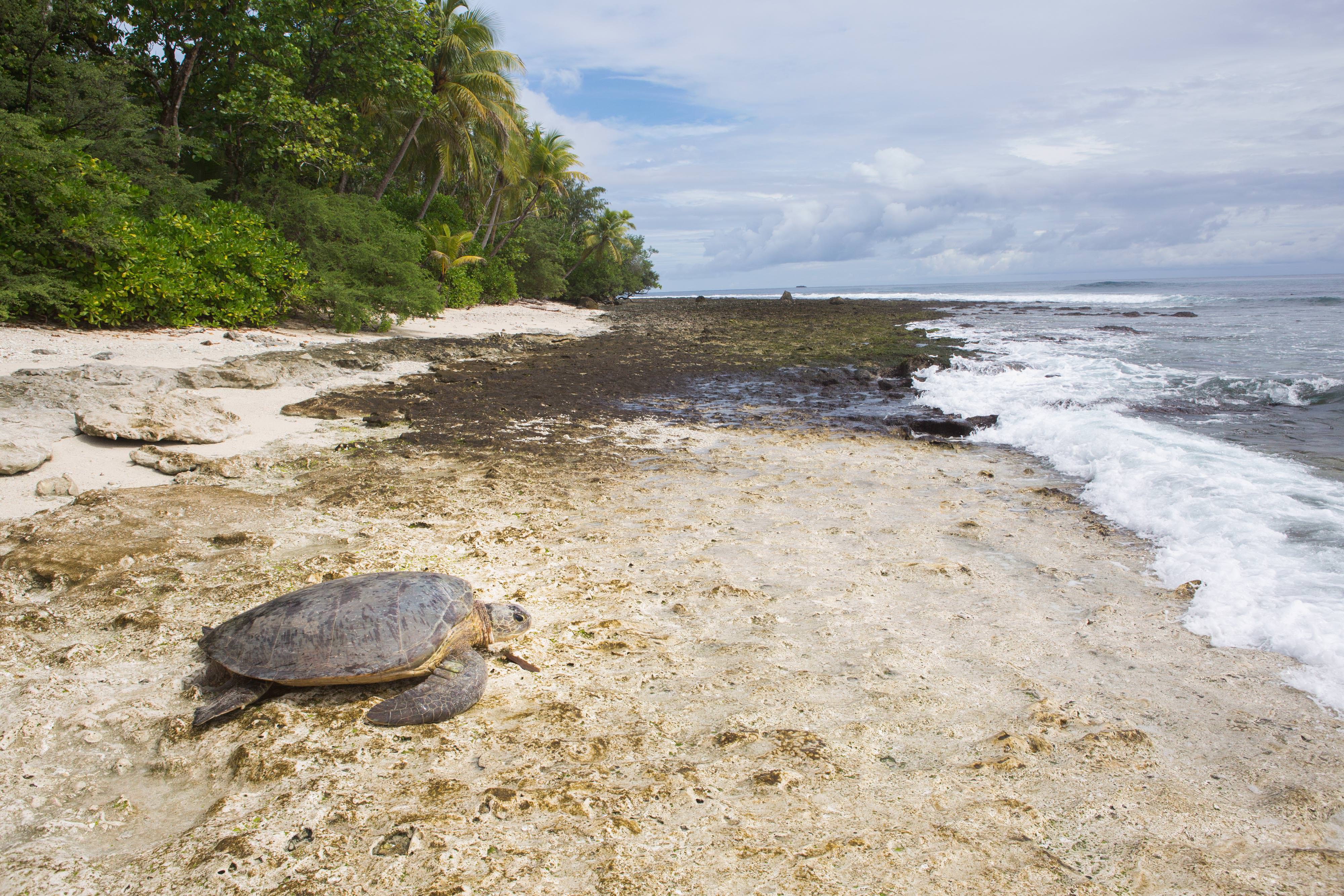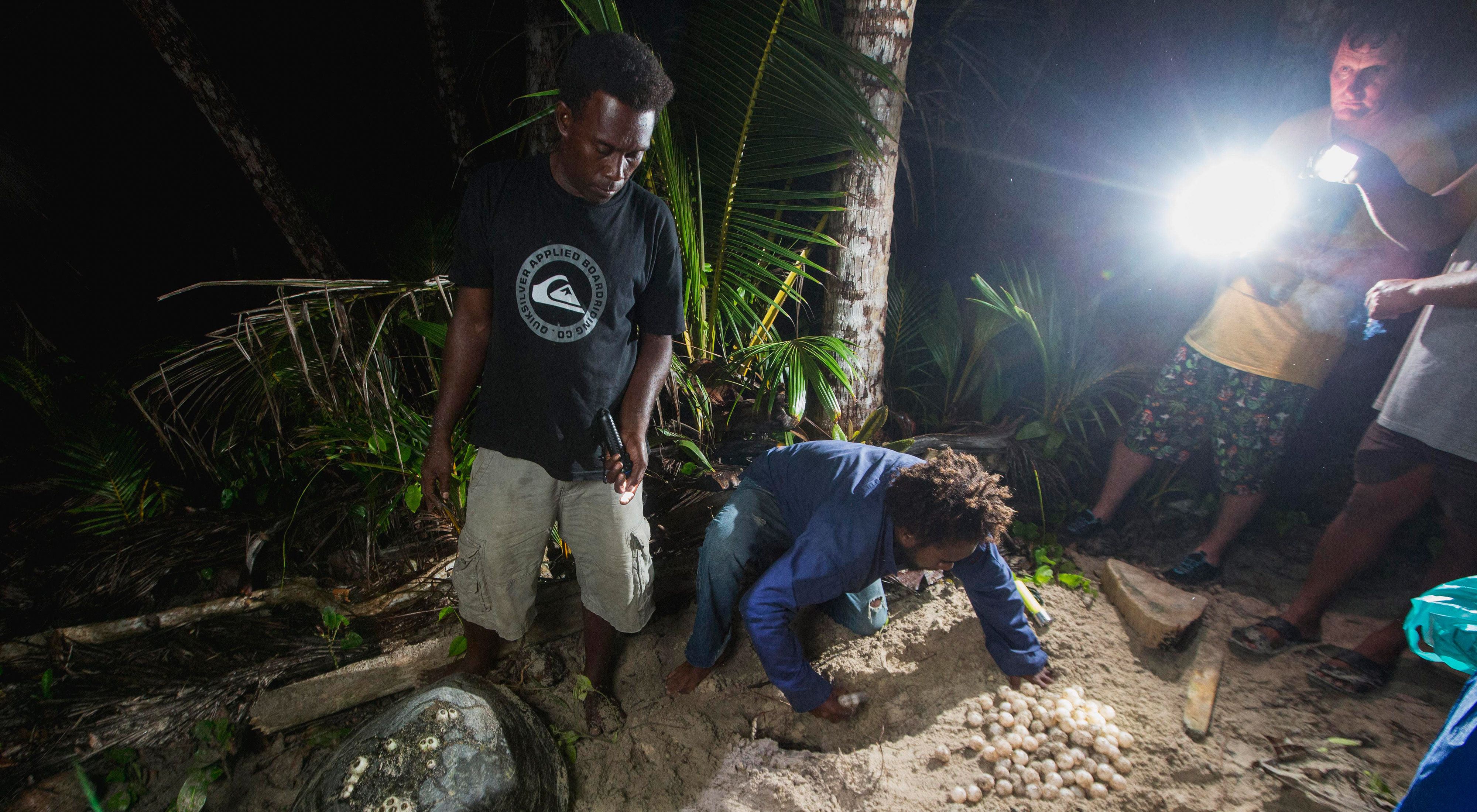Meet the Hawksbill Sea Turtle
The source of many of our great-grandmothers’ tortoiseshell combs and hairpieces, the hawksbill turtle can be found in tropical and subtropical coastal waters across the globe. Found in the waters of 82 nations, the largest populations center in the Caribbean Sea, the Seychelles, Indonesia and Australia.
Hawksbills often migrate hundreds of miles to nest at the beaches where they were born. Females are exceptionally fast nesters, able to complete a nest of about 130 eggs in 60 to 90 minutes. Temperature is essential in sex determination. A nest of 86.5 degrees Fahrenheit or greater will produce only females. The hatchlings that evade predation and human harvesting typically spend 1-3 years at sea before moving closer to shore, along reefs and bays.
Although hawksbills are omnivores, as they age their diet increasingly relies on sponges, which makes their meat poisonous [to humans]. This dietary preference performs the important ecological function of preventing sponges from crowding out other species on coral reefs.
Protecting the Hawksbill Sea Turtle
Unfortunately, those tortoiseshell heirlooms came at a steep price. Today’s population of hawksbill turtles is less than 10 percent of what it was a century ago. The main factor in the turtle’s brush with extinction is human hunting and egg harvesting. Indonesia alone exported more than 700,000 specimens of tortoiseshell and stuffed curios between 1970 and 1986.
After being labeled as Critically Endangered by the World Conservation Union, the species’ prospects have brightened. An international trade ban on tortoiseshell has slowed hunting, and ecotourism makes the animals more economically valuable in the sea than on the bathroom counter.
TNC has been working to protect hawksbill turtles for over two decades. In 1995, TNC collaborated with the Solomon Islands government and the communities of Kia, Katupika and Wagina to establish the Arnavon Community Marine Conservation Area (ACMCA), creating both the largest and first community-managed marine protected area in the country. As of 2012, an estimated 400 to 600 hawksbills nest there annually. Hawksbills nest only once every seven years, on average, so the total Arnavons’ nesting population numbers between 2,000 and 4,000 turtles.
To learn how hawksbills can be better protected while out at sea, the Conservancy is studying their movements using tracking devices. In 2016, ten turtles were tagged at Arnavons. Monitoring these turtles will reveal where they spend their time when not in the protected marine area – information that will soon guide TNC and others on how to further turtle protection efforts.




